Create abundance through this unique approach to low-maintenance, high-yield, sustainable food production
A food forest is a productive landscape developed around a mix of trees and perennials. Rooted in permaculture principles, this integrated approach to gardening incorporates a variety of plants such as fruit and nut trees, shrubs, vines, and perennial herbs and vegetables. Food forests can help increase biodiversity, protect valuable habitat for beneficial insects, and promote food security and resilience, all while providing an abundant harvest.
The Food Forest Handbook is a practical manual for the design and management of a home-scale perennial polyculture garden. Simple, straightforward instructions guide the reader through:
Getting started – site assessment and planning Tending the forest garden – maintaining soil health, succession planning, , mulching, pruning and more The fruits of your labor – crop profiles, harvest, storage, nutrition and recipes.
This timely book makes the concept of food forests accessible to everyone. Focusing on the potential of perennial polyculture to enhance local food systems, The Food Forest Handbook shows the reader how to mix and match plants in unique combinations to establish bountiful landscapes and create genuine self-reliance in years to come.
Darrell Frey is the owner and manager of Three Sisters Farm, a five-acre permaculture farm, solar greenhouse and market garden located in Western Pennsylvania. He has been permaculture teacher for thirty years, and is the author of Bioshelter Market Garden: A Permaculture Farm .
Michelle Czolba is co-owner of Pittsburgh Permaculture and co-founded the Hazelwood Food Forest. She has extensive experience in the design and maintenance of perennial polyculture.


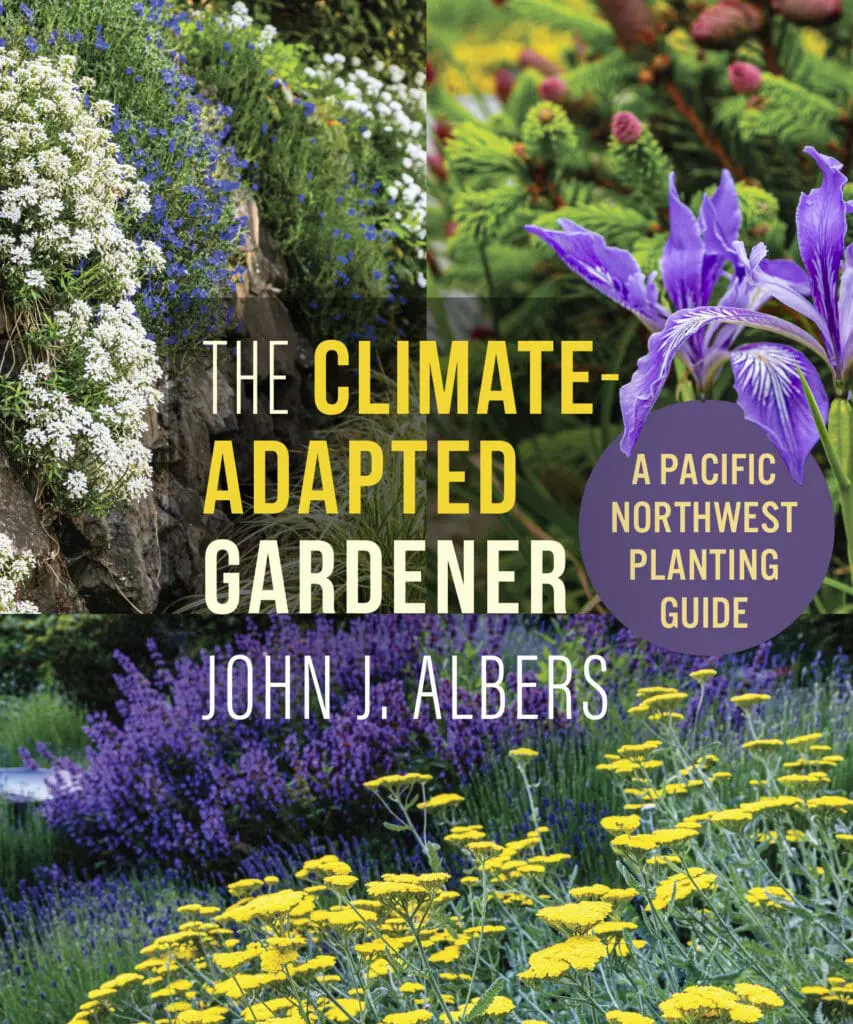
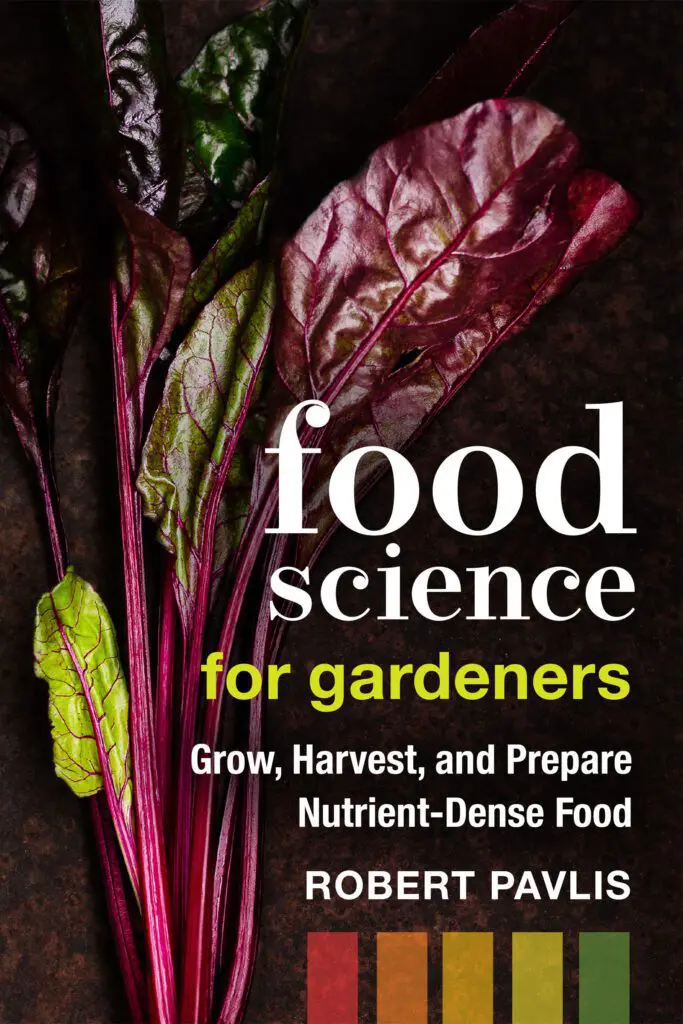
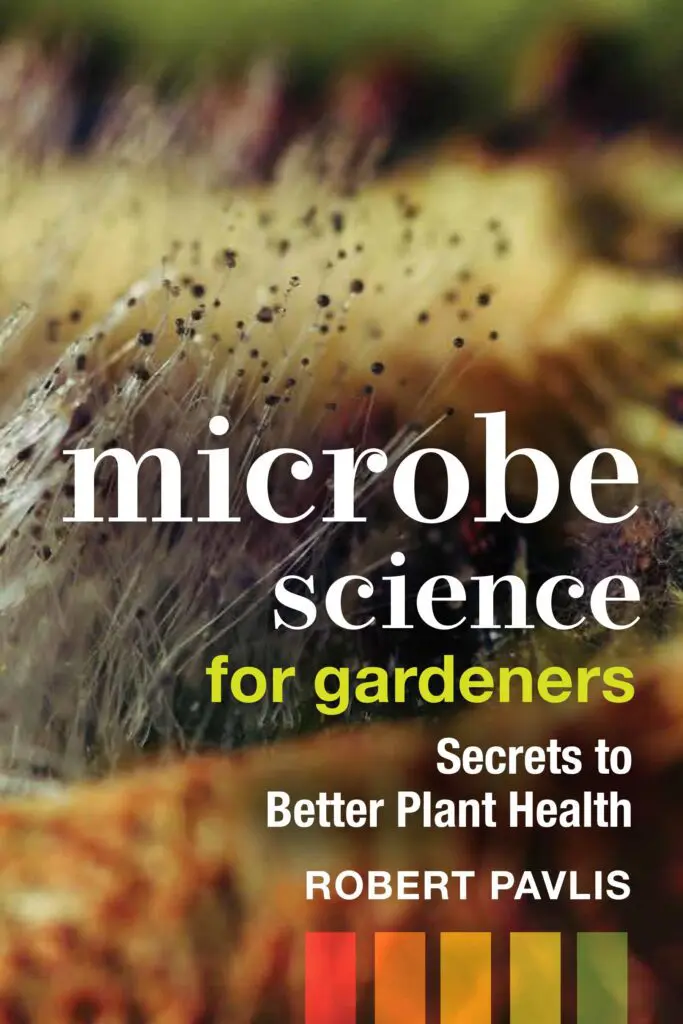
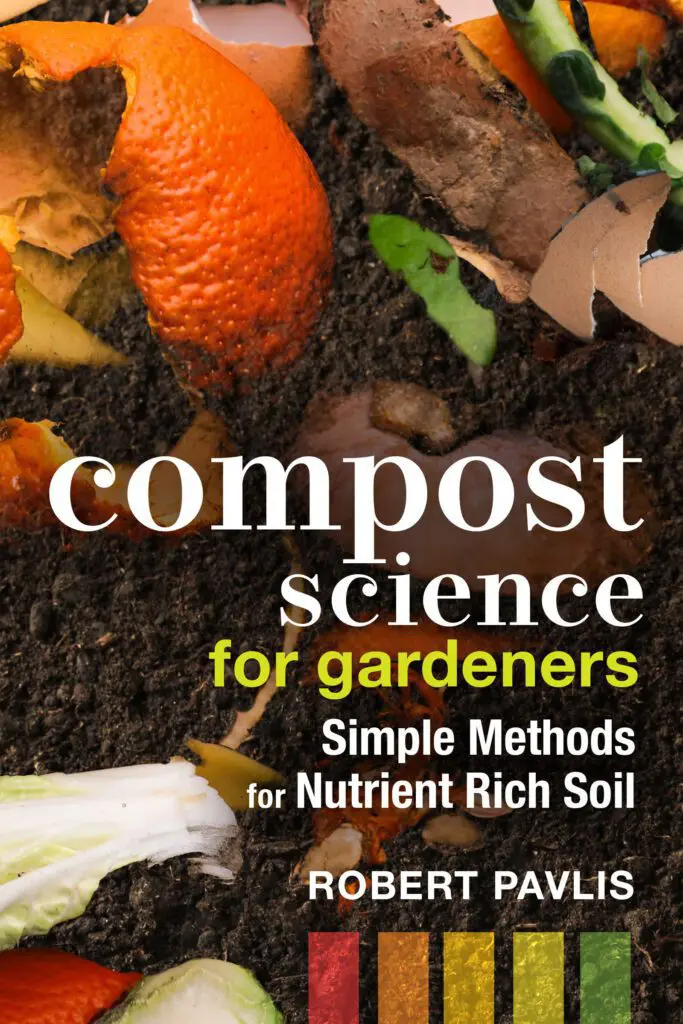
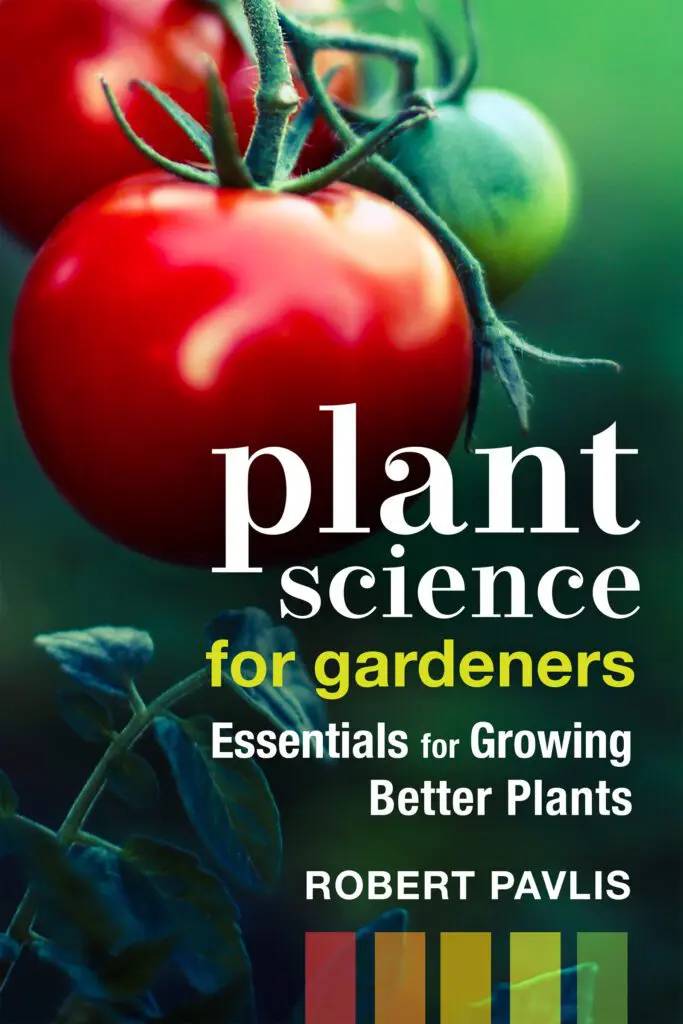
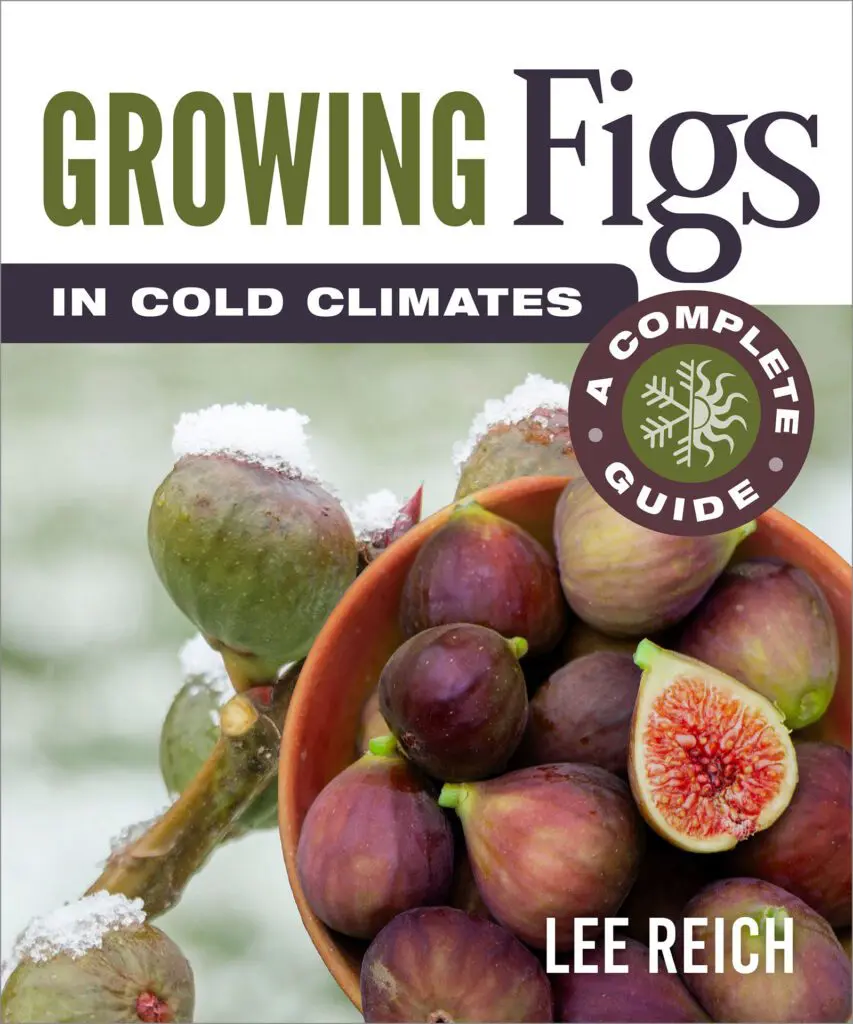
Margaret Gouin –
This is a dense, well-researched book which lays out in clear steps both the rationale behind a ‘food forest’ and how to design and benefit from one. The information given is well-expressed and carefully laid out. All the stages of designing, building, growing, harvesting and using/preserving the produce are described clearly and in detail, with valuable references to other books and material that could be of assistance.
The book does acknowledge that it does not enter into a discussion of city planning and the challenges of establishing an urban food forest, which must necessarily be grown over a period of years, in a setting where the constraints of urban planning and the demands of developers may at any time put an end to the experiment–as so sadly demonstrated by the fate of the Hazelwood Forest. As the authors note, this is the subject for another book. Such a book is urgently needed, both as a guide to urban farmers and as a source of information for city planners, most of whom are (I suspect) unaware that urban food forests can and do exist, and may be of considerable benefit to urban dwellers–particularly those who live in inner-city food deserts. The inclusion in Chapter 7 of the description of a small ‘urban farmstead’ in Pittsburgh gives an encouraging taste of what is possible. If urban food forests and neighbourhood food gardens could be made an integral part of city planning, they would provide both nourishment for citizens and the many mental and social benefits of living close to plants and trees.
The Food Forest Handbook must be highly recommended for doing an excellent and very complete job of meeting its declared goal as a manual to guide those who have the time, energy and resources to work towards building food forests, urban or otherwise. Hopefully by providing such useful encouragement for the development of these vital areas, the book will also be successful in stimulating further discussion of sustainable food production generally, and in particularly urban food production–discussions which are desperately needed.
molly –
One of the standout features of The Food Forest Handbook is its holistic approach. The authors emphasize the importance of observing natural ecosystems and mimicking their patterns to create a self-sustaining garden. They also highlight the benefits of biodiversity, showcasing how a variety of plants can work together to enhance soil health, control pests, and maximize yields.
Whether you’re a seasoned gardener or a complete novice, this book offers valuable insights and step-by-step guidance. Frey and Czolba’s passion for permaculture is evident throughout, and their practical advice is grounded in years of hands-on experience.
Annette Flinterman –
This book is great for starters as well as offering much inspiration and ideas for those knowing more about food forests already. I’m a permaculture teacher and bought this book in 2021 at the beginning of my training. Having read it again recently, I picked up some new ideas.
Overall, the book is not too big, but really focussed and covering everything needed. It is well structured and you can read from cover to cover, or pick the chapter you need. Still, if you want to dive deeper, other books and resources are offered.
After some historic insights into the origins of food forests and clarifying what helped them build the Three Sisters Farm, the authors offer a great overview of key steps to take, when starting your own food forest (garden). Moving from clear design steps, to details, including many action lists, descriptions of how to check and improve your soil, as well as various tables and lists of plants. Everywhere this is underlined using pictures and drawings, offering better insights and ideas. These pictures as well as some of the tree guilds (plants that fit well together) they used, I found very helpful and inspiring for some new projects.
They also offer many insights into growing and tending your forest garden, including some solutions of how to deal with pests. Furthermore, they explain some techniques to propagate one’s garden like grafting. And the book ends with stories and many pictures of various gardens showcasing a diversity of food forest examples for different climate zones. Again, very inspiring.
Rachel –
Way more than a beginner book, but simple enough for those who still have a lot to learn about permaculture! “The Food Forest Handbook” lays out an organized process for designing, establishing, and maintaining a food forest, and while I haven’t had a chance to implement a lot of what I learned, I think the process laid out in the book could help readers avoid a lot of costly (in time, effort, and money) and discouraging mistakes on their property. I particularly like that many properties discussed in the book weren’t large—the principles are scalable to average sized yards. I also like that there’s plenty of useful information in the book that can be put to use without going ‘full food forest’—things like shade tolerant perennial food plants and basic information on how to maximize the use of water available on the site, through rain barrels, rain gardens, swales, etc. Great resource for both inspiration if you’re thinking about perennial polyculture on your property, or a reference if you’ve already started to transition your land!
Jesse Winkiewicz –
From traditional indigenous forest cultivation to examples of present-day forest gardening, Frey and Czolba describe a possibility of abundance within our home and community landscapes. This book will guide your though goal setting, site assessment, designing, planning, maintaining, and propagating a food forest, with plenty of plant resources to research your design. As a permaculture designer, I recommend this book to anyone new to permaculture or food forest gardens. It offers a wealth of knowledge in an easy-to-read format.
Rory Moon –
I wish I had this book during my permaculture design course. It demystifies one of the cornerstones of permaculture that can be very challenging to understand as a beginner. I particularly enjoyed the history and evolution of food forests, the deep dive into guilds, and the diversity of real world examples. The complexity of food forests can be intimidating, but the food forest handbook makes it feel much more approachable and attainable.
Juli –
This book gave me ideas on how to add layers to the many fruit trees and gardens we have growing in our yard. I think it is a practice that we can slowly continue to use. I will be referring back to it for sure.
Terri-Lynn Neges –
The Food Forest Handbook by Darrell Frey and Michelle Czolba is a hands-on guide for anyone curious about creating their own food forest. Whether you’re a beginner or have some gardening experience, this book breaks things down in a way that feels doable, without overwhelming you with too much technical jargon. And I really like that!
Frey and Czolba take you through everything you need to know—from how to choose the right spot to how to layer plants to create a thriving, self-sustaining ecosystem. What’s great is that they focus on how food forests aren’t just about growing food; they’re also about supporting biodiversity, improving soil, and helping tackle climate change, which makes this a must-read for anyone into sustainability.
The real-world examples and easy-to-follow diagrams make it easily digestible (ha! Pun intended!) for even the greenest (I’m on fire!) of novices, offering tips and insights from actual food forest projects. You can tell the authors really know their stuff, and they’re great at making the whole process seem more manageable, even if you’re starting from scratch.
I really enjoyed this book. It is packed with inspired ideas to help you transform a simple garden into something more…
Juanita Wierzba –
Having recently purchased a rundown homestead in a difficult climate for growing, I was pleased to read this book in prder to figure out what to do to ensure a sustainable and regenerative practice in direct opposition to the agricultural practices around us.
The book is well researched and I enjoyed reading about ancient food forest practices as well as current successful food forests throughout varying climatic conditions across North America – we live in a semi arid climate zone which is tricky for growing but as shown in the book – not impossible.
The information packed guide to design and planning and the different processes for achieving good permaculture and polyculture practices is well explained and envisioning a food forest packed with nature’s bountiful gifts is really a pleasurable experience.
I will need to refer to this book again and again during the process of turning our dryland into a lush sustainable food forest over the coming growing seasons.
Daria Rakowski –
Would make a good addition to any permaculture library. It is a well laid out handbook, with clearly delineated sections and concepts for quick and easy reference. This structure makes it ideal for the curious neophyte for a quick survey of the Food Forest and Permaculture design principles, while also being of use to more experienced practitioners who desire a clearly articulated reference or field guide of ideas and principles.
Beginning with a very brief but succinct review of the history and concept of the food forest, the handbook moves on to express the categories and steps most pertinent to the design and implementation of your own food forest. This is a great sourcebook, not encyclopedic but perfect for digging in where you are in your planting journey. It includes advice and direction for where to pursue information in the field and regarding your own climate, environment, and situation; allowing it to be the topographical survey and starting point of your own food forest, both materially and conceptually.
Donna Hickling –
Really good manual for beginners – the examples are inspiring. I will refer back to the technical section. I’d suggest having a notebook to write down ideas and websites to visit. It’s a manual, but I found myself planning what to do next with my food forest and wanted to write it down as I went. Highly recommend.
Genevieve Dubois –
I have mixed feelings about the book, however all in all I think it is most definitely worth having on your reference shelf if you are planning to include permaculture design on a property. I think it well explains all the steps involved from designing the property through to preserving harvests for beginners to seasoned designers, however I thought it lacked a bit of heart in explaining the philosophies of permaculture and the importance of that method in these troubled times. Saying that though, it is a trove of other information explaining guild design, plant selection, maintenance and propagation. It’s definitely going to have a place on my shelf to reference time and time again.
spectrum8870 –
I received this book as an ARC from the publisher. Thank you New Society.
This is one of those books that you wish existed at the beginning of your plant growing journey.
It is a very good introduction to what we now know as permaculture. This book is a guide for people new to growing, and will provide plenty of ideas for setting up food forest gardens in many microclimates.
What I enjoyed the most from this book, is that it included a brief history of how permaculture started and beginners tips on how to graft scions to fruit trees.
The authors provided clear and concise directions for starting the food forest endevour. Hopefully this book will interest more people to grow food, share it, and teach others using the permaculture technique.